I expected that Chanticleer would be the highlight of the recent garden trip I took with Pam Penick of Digging. I’d heard of the amazing gardens and had done a little research, but I was in awe as each and every element of the garden unfolded before me. On its website, Chanticleer claims to have been called “the most romantic, imaginative and exciting public garden in America.” They aren’t kidding. It towers above all the other public gardens that I’ve visited — not having missed a fling in 8 years — I’ve toured a few!
The Chanticleer estate was originally built in the early 20th Century by Adolph and Christine Rosengarten as a country retreat. It later became their permanent home and they bought additional neighboring land to give homes to their two children as wedding presents. One of those homes now serves as the entrance and offices and the other is the site of the estate’s Ruin Garden. In 1990, Adolph, Jr. left the entire property as a public garden and museum under the guidance of The Chanticleer Foundation. Today, the garden employs 20 full-time staff, among them 14 gardeners and groundskeepers.
That said, I’ll bring you through what I thought was the most innovative part of the garden — the Ruin Garden — for my first Chanticleer post.
Chanticleer’s Ruin Garden was built on the site of the original Minder house, which was given to Adolph Rosengarten, Jr. as a wedding gift. Composed of three ‘rooms’ – the Great Hall, the Library and the Pool Room, it evokes an air of crumbling history with a macabre undercurrent. The ruin isn’t really a ruin at all, but cleverly created hardscape backdrops into which succulents and shade plants are creatively tucked. Perched on top of a hill, it’s barely visible until you come right up on it.
The Library is scattered with displays of slate books.
Stone acorns appear to be entombed in the pages of an open stone book.
Dominated by a 24-foot reflecting pool shaped like a sarcophagus, the Great Hall is mesmerizing.
Every element in the room is reflected in the vast, dark pool.
Succulents fill the mantle and provide little pops of color in the water’s mirrored image.
The stillness of the water is enticing. I didn’t trail my fingers in the fountain, but enjoyed watching these two little girls prepare to test the waters.
The giant black water feature rests on a stone mosaic carpet.
Through the next stone doorway lies the ‘Pool Room.’
Here, polished marble faces rise up from the black depths to make themselves known to visitors. Their garish, mottled faces are disturbing, to say the least.
Beaten down by the water sheers, the faces are trapped forever in the pool.
I’m not sure if the girls were intrigued or frightened, but they did approach with some caution. The prospect of touching the cool water on a hot day won out over trepidation.
Next to the pool, a column lined with succulents seems sweet by comparison.
Delicate coral-colored succulents stand out along the post against the green and gray rooms of the Ruin Garden.
Stone acorns seem to be sprouting in a bed inside the Ruin Garden.
The plants and vines intricately woven throughout the walls of the Ruin Garden appear to have been there for centuries, however, this garden was created and opened to the public in 2000.
As we left the garden, a stone face peeked out from a bed of sedge, appearing to watch us leave.

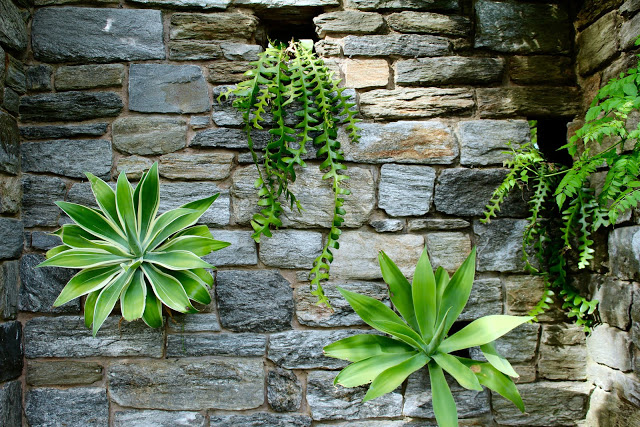
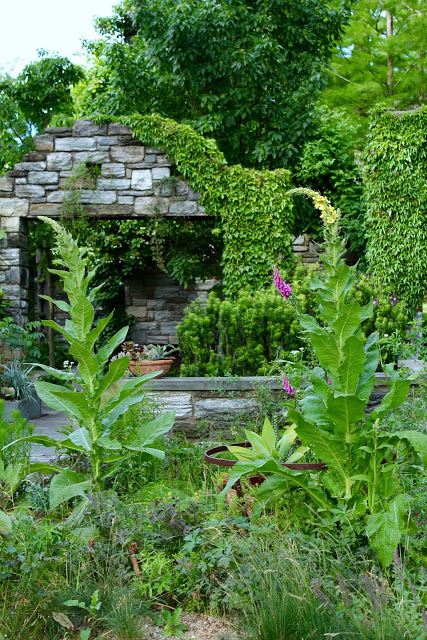
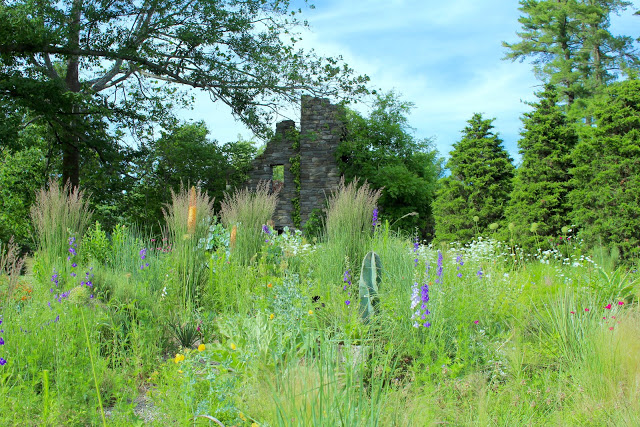
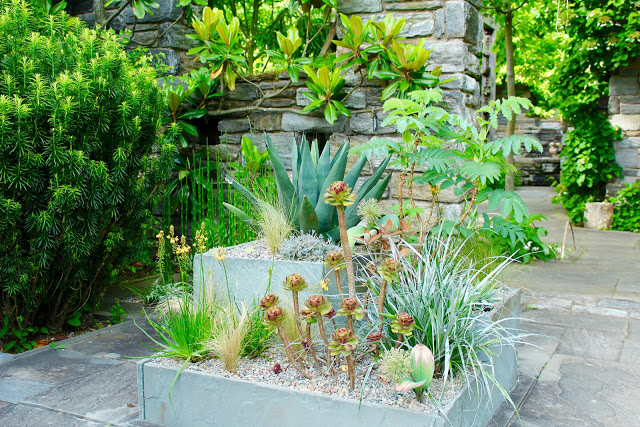
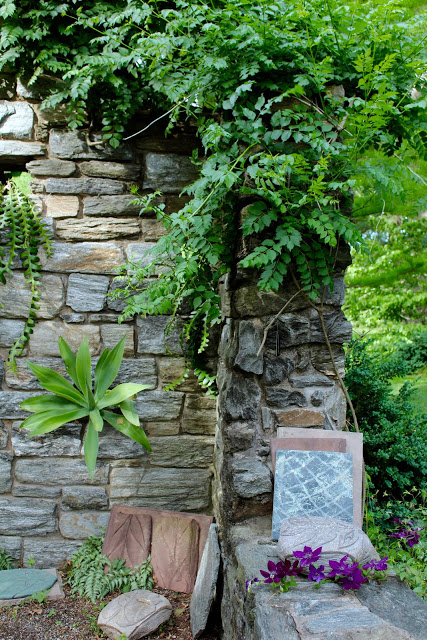
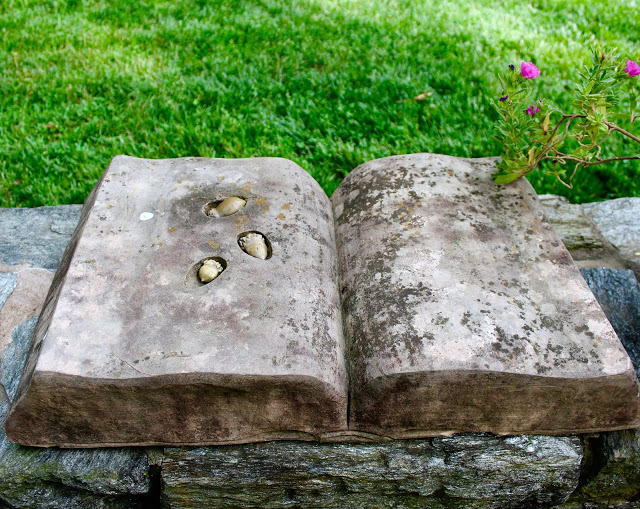
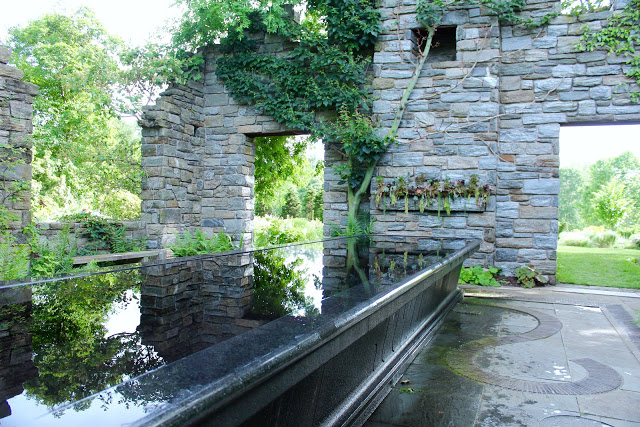
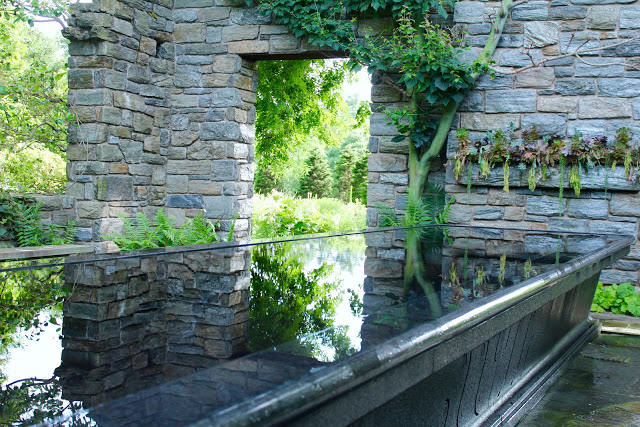
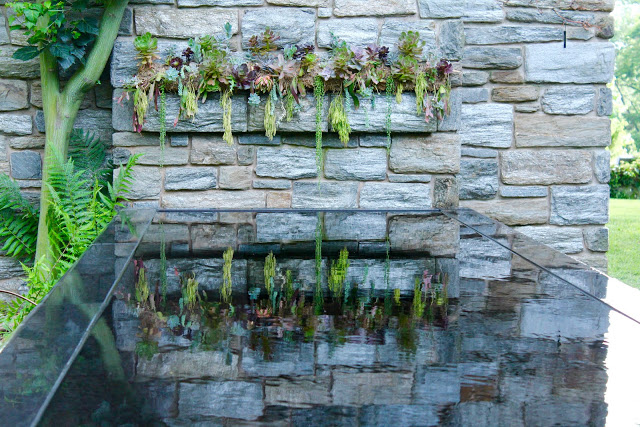
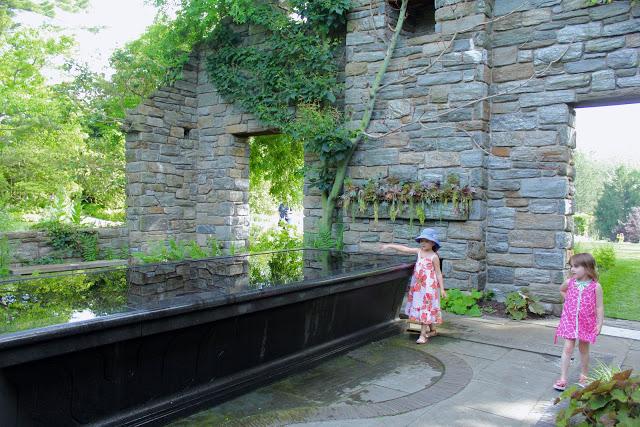
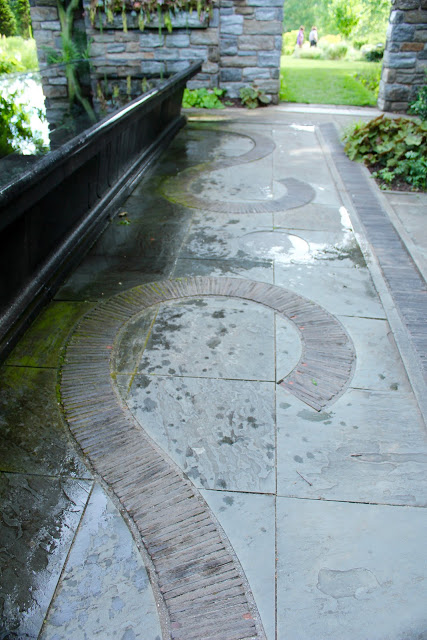
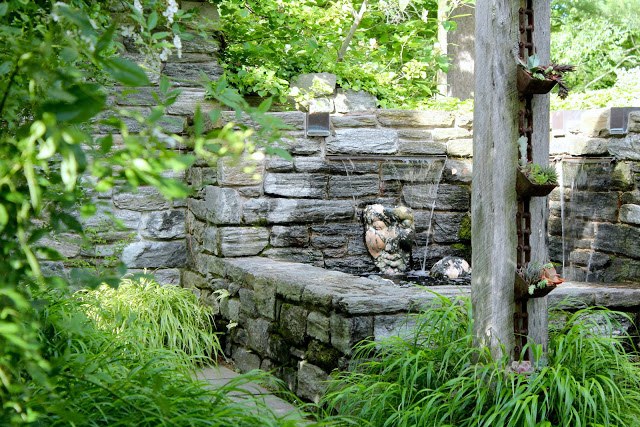
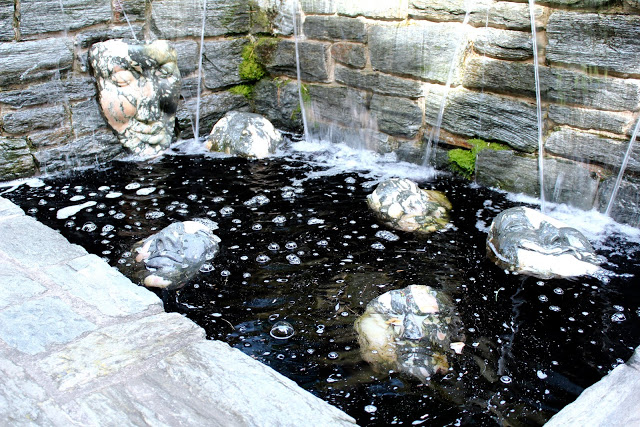
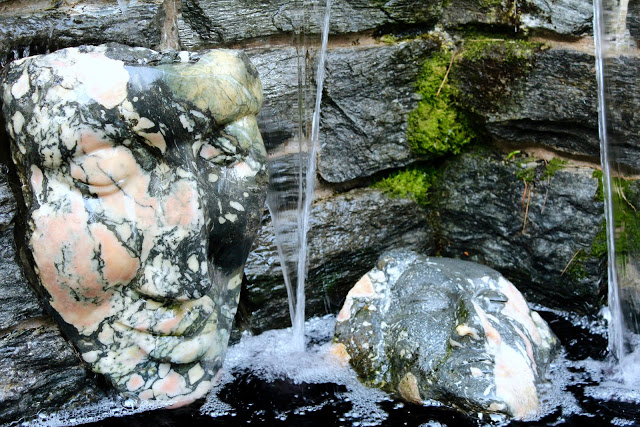
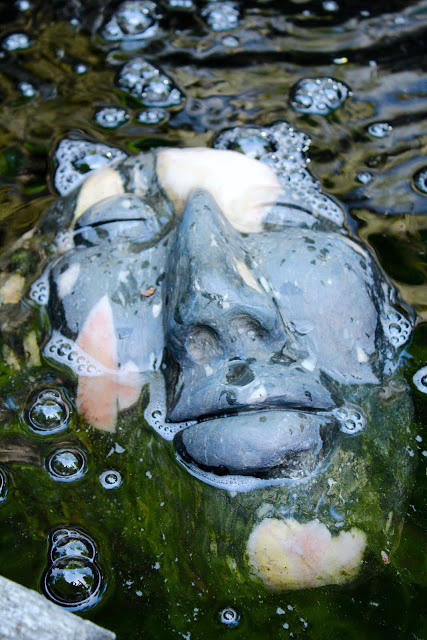
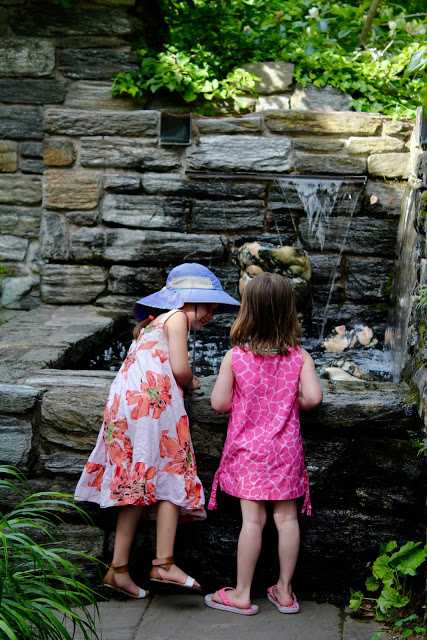
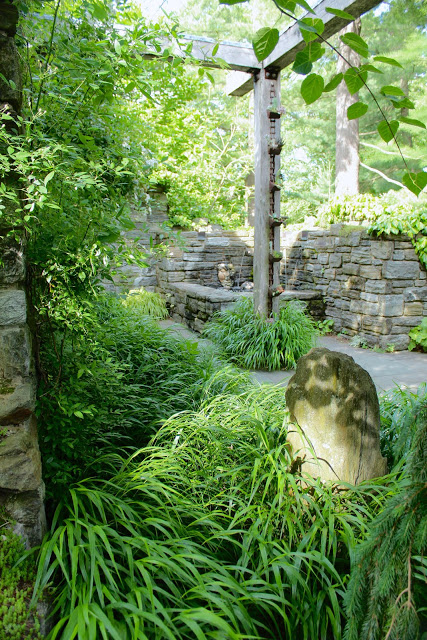
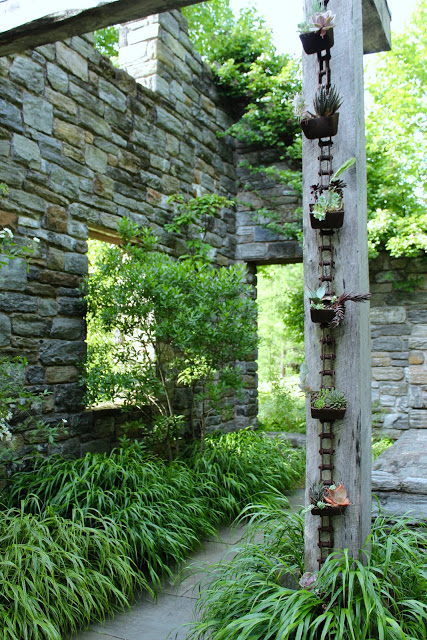
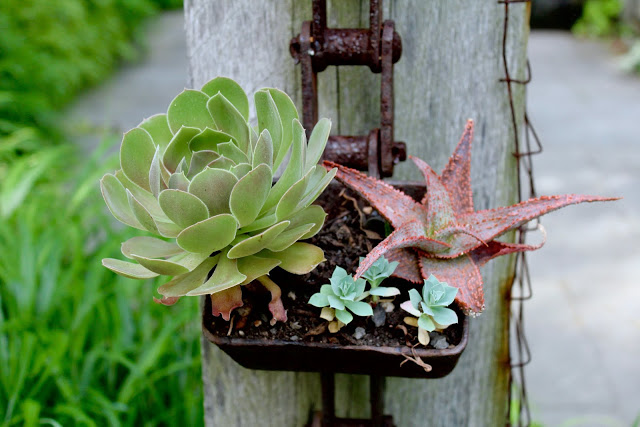
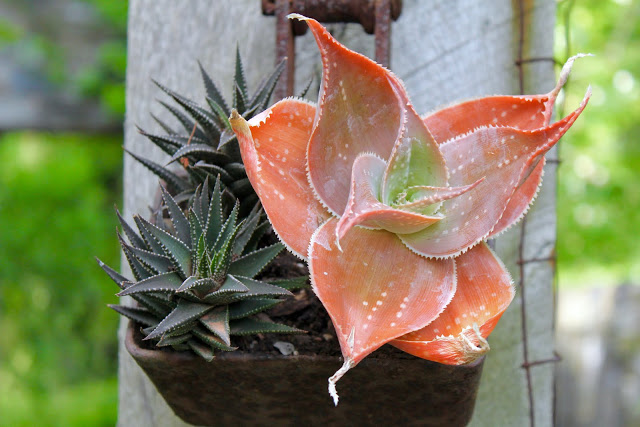
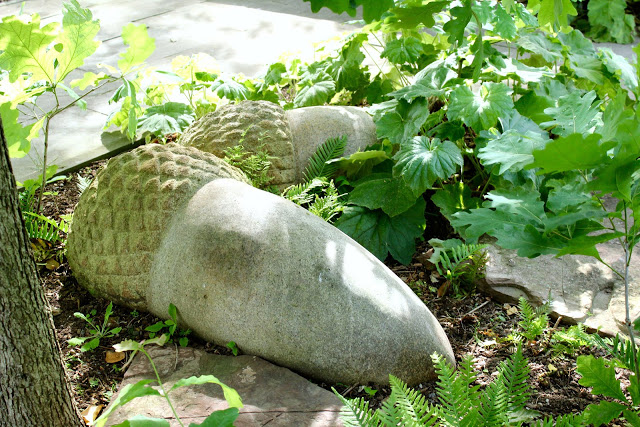
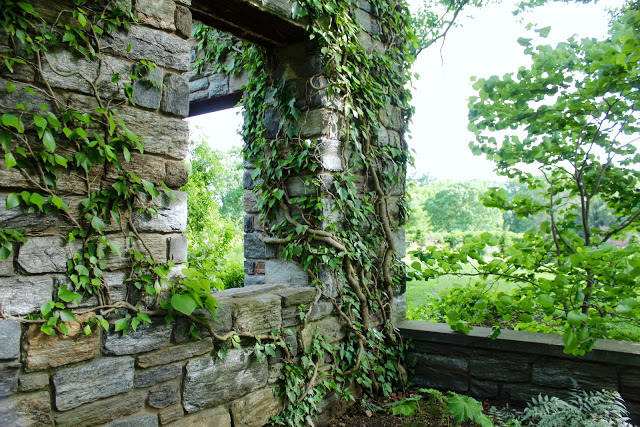
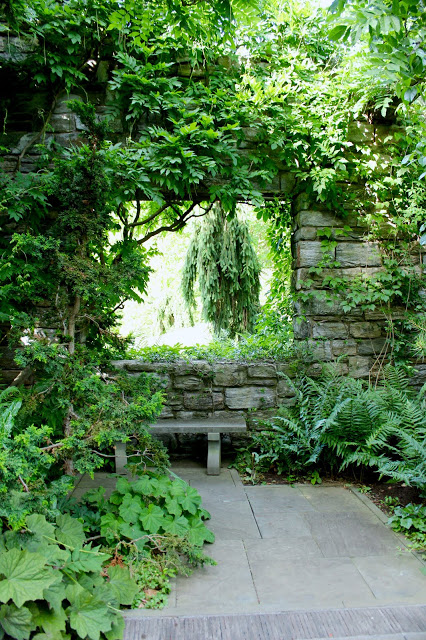
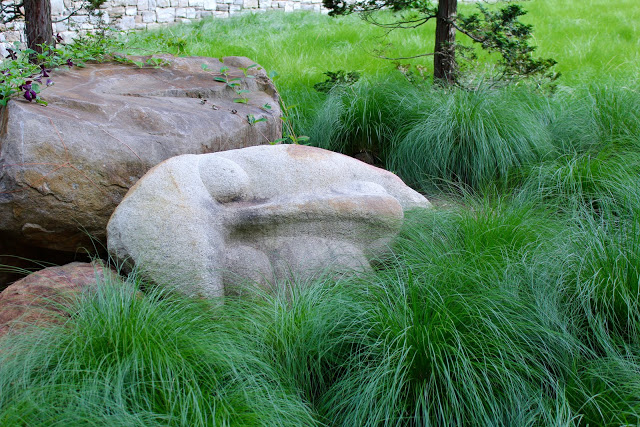
Leave A Comment